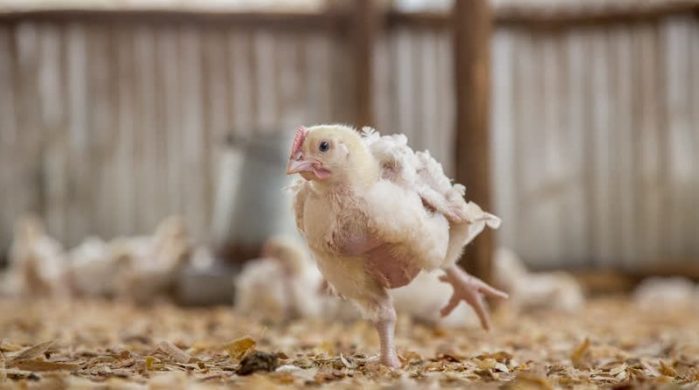As challenges to food security worldwide which include war or conflict, poverty, and climate change continue to increase, urbanisation has become the main one having a disproportionate impact on developed and developing countries.
According to the latest research published by the Journal of Agriculture and Food Research in March this year, also evident in Ethiopia, urbanisation has led to reductions in arable land and its productivity, dumping huge waste into the environment, depleting biodiversity, and water and soil pollution.
The combination of these impacts affects urban food security.
“It is an undeniable fact that the Earth is becoming a planet of cities, yet limited attention is paid to examining the impacts of rapid urbanization on urban food security,” stated the research in part.
Urbanization is a process by which huge numbers of people permanently settle in comparatively small areas, forming cities.
In fact, by late 2050, Asian and African countries are expected to contribute 90% of the urban population agglomeration.
Urbanisation grown in Ethiopia
According to the research, by 1890 before the formation of Addis Ababa city which is currently serving as the capital of Ethiopia, there was a small number of towns coming up making urbanisation in the country not a recent phenomenon.
Today, Ethiopia is the second most populous country in Africa, however, the level of urbanization is very low at 25% as compared to other African which is at 40% and Sub-Saharan countries at 37%.
The empirical evidence showed that the proportion of urban residents in Ethiopia was only 6% in 1960, which increased to 11% in 1984, and 14% in 1994, and reached 17.2% by 2013.
Nevertheless, the current rate of urbanization in Ethiopia is among the highest in Africa recording rural-urban migration of people at the rate of 4.7% annually with all the evidence showing that the rate of urbanisation will be high in the coming two or three decades.
The urban population is expected to triple by 2028, and the number of urban households will also triple from about 3 million in 2007 to about 9 million in 2028, Oromia and Amhara urban areas are on spot.
Some of the key causes to this population increase include rural-to-urban migration, natural growth, urban sprawl and reclassifications of areas previously defined as rural.
Threat to food security
Due to urban expansion, a large amount of main agricultural land is rapidly being converted to urban land use which makes farmers lose agriculture-based livelihood assets.
“However, this conversion is unsustainable and it has negative implications on crop yield,” states the research.
Moreover, urbanization also results in the loss of productive soils due to the sealing of the soil. Unsympathetically, urban areas tend to be built on soils that are conducive to cultivation while there is no doubt that ‘people must eat’.
This happens while agriculture is the primary source of food which is responsible for feeding more than 7 billion people in the globe, and 109 million people in Ethiopia yet urbanization is seriously challenging this sector and it pulls poverty into cities.
Furthermore, statistics indicate that agriculture contributes 50% of Ethiopia’s gross domestic product (GDP), employs 85% of the workforce, and earns more than 90% of foreign exchange.
Some studies conducted in central Ethiopia have also indicated that due to urban expansion, the cumulative yield of cereals (such as teff and wheat) was reduced from 1280.3 tons in 2005 to 867.7 tons in 2011.
This shows that in 2050, if more than 42% of Ethiopia’s population will be urban dwellers and loss of 412.6 tons of production from just one city in six years, the fate of the growing population is worrying.
“There will be an imbalance between food supply and demand.”
Potential solutions
According to the research, there may be many solutions to urbanisation with its threat to food security that include seating and implementing proper urban land use planning and policies, however, expanding urban agriculture, and farm intensification are potential solutions to eminent food insecurity.
In fact, urban agriculture has an essential role in building sustainable and eco-friendly urban areas combine various resources like land, water, waste, and energy.
This practice has recently gained attention in many developing countries.
This is because it has the power to support national and international efforts to advance the sustainable development goals (SDGs) which are, zero hunger (SDG2), good health and well-being (SDG3), reduced inequalities (SDG 10), sustainable cities and communities (SDG 11), and of climate action (SDG 13).
It allows the utilisation of empty spaces to enhance the sustainability of both food production and ecology.
On the other hand, Ethiopian urban areas have many vacant spaces without purpose and also many liquid wastes that can serve as irrigation.
Hence, practicing urban agriculture in Ethiopia helps to meet the social, economic, and ecological objectives of urban development.









